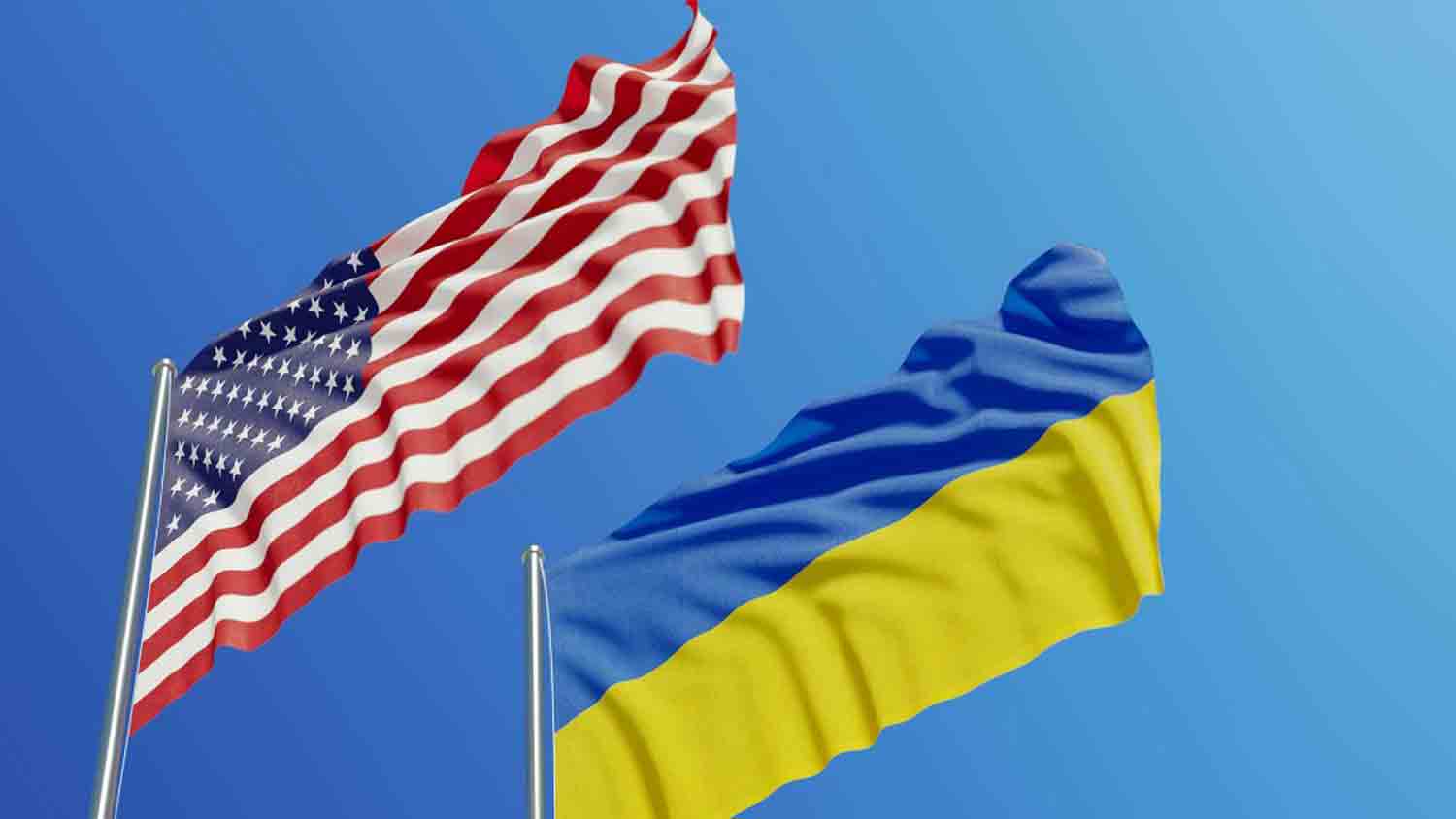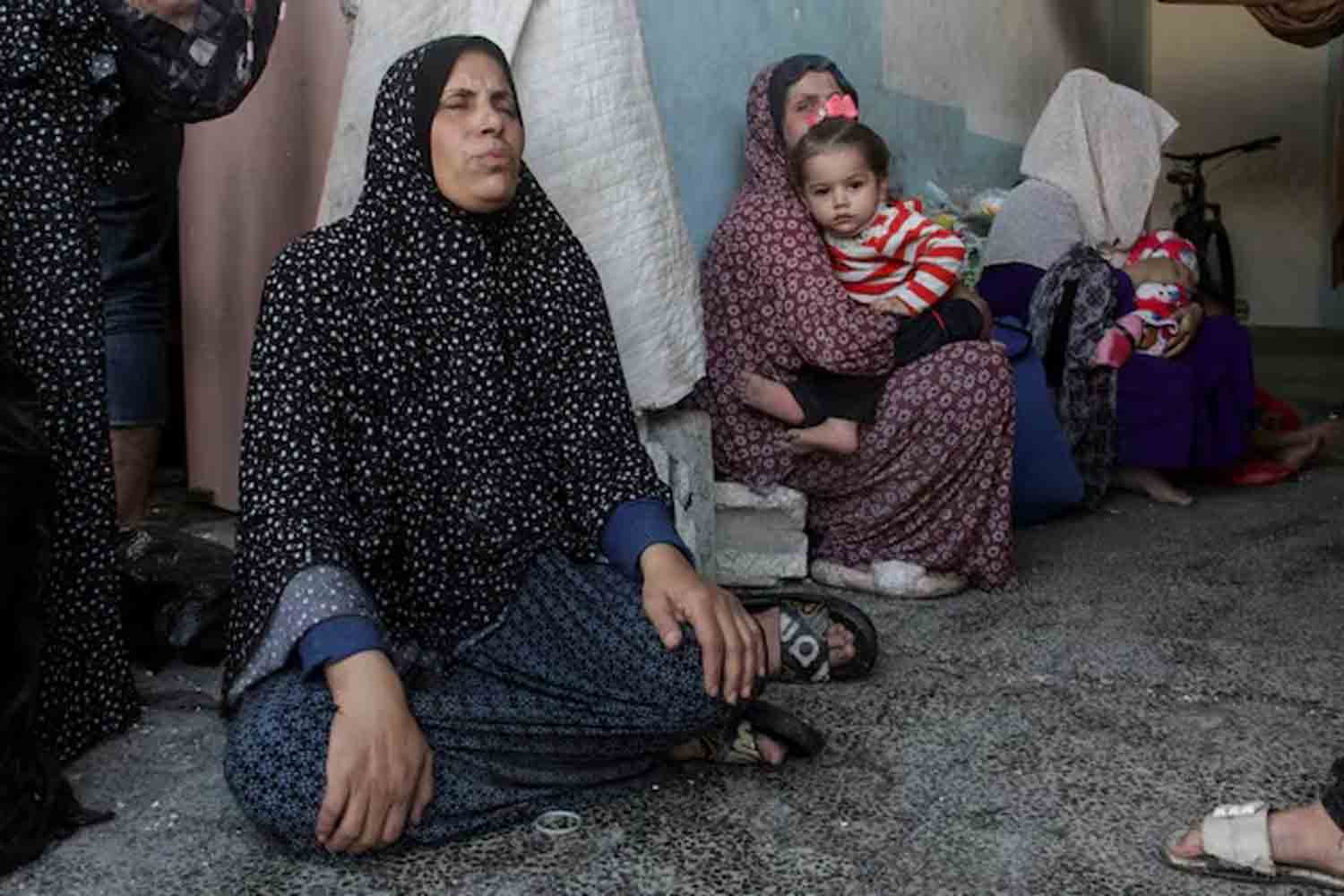Rebel forces initiated their most significant offensive against the Syrian government in several years on Wednesday.
By Sunday, they had secured control over substantial portions of Aleppo, the nation’s second-largest city, and were making progress towards Hama in the south.
This unexpected offensive triggered the first Russian airstrikes on Aleppo since 2016, leading to a withdrawal of Syrian military forces from the city.
The assault was spearheaded by the Islamist militant group Hayat Tahrir al-Sham (HTS), which has a complex and extensive history within the Syrian conflict.
Insurgents and jihadist ideology
HTS was originally established in 2011 under the name Jabhat al-Nusra as a direct affiliate of Al Qaeda.
The formation of the group also involved Abu Bakr al-Baghdadi, the leader of the self-proclaimed Islamic State (IS).
It was considered one of the most formidable and lethal factions opposing President Assad.
However, its jihadist ideology seemed to be its primary motivation rather than a commitment to revolutionary change, which positioned it at odds with the main rebel coalition known as Free Syria.
In 2016, the group’s leader, Abu Mohammed al-Jawlani, publicly distanced himself from Al Qaeda, disbanded Jabhat al-Nusra, and established a new organization that became known as Hayat Tahrir al-Sham after merging with several other similar factions a year later.
Who holds power in Syria?
For the past four years, the conflict in Syria has appeared to be largely resolved.
President Bashar al-Assad’s authority remains largely unchallenged in the major urban centers, although certain regions of Syria remain outside his direct control.
These areas include those with a Kurdish majority in the east, which have been relatively autonomous from Syrian state governance since the early stages of the conflict.
There has been ongoing, albeit relatively subdued, unrest in the southern region where the uprising against Assad’s regime commenced in 2011.
In the expansive Syrian desert, remnants of the group known as the Islamic State continue to present a security challenge, especially during the truffle hunting season when individuals flock to the area in search of this lucrative delicacy.
In the north-west, the province of Idlib has been under the control of militant factions that were driven there during the peak of the conflict.
The dominant group in Idlib, HTS, has recently initiated a surprise offensive against Aleppo.
Intense internal conflict
For several years, Idlib has been a contested zone as Syrian government forces sought to reclaim authority.
However, a ceasefire agreement established in 2020, facilitated by Russia—an enduring ally of Assad—and Turkey, which has supported the opposition, has largely remained intact.
Approximately four million individuals reside in Idlib, most of whom have been displaced from towns and cities that Assad’s forces have recaptured in a brutal war of attrition.
Aleppo was one of the most violent fronts and marked one of the rebels’ most significant setbacks.
To secure victory, President Assad could not solely rely on the inadequately equipped and poorly motivated conscript army, which quickly became overstretched and frequently struggled to maintain positions against rebel offensives.
Instead, he increasingly depended on Russian air support and Iranian military assistance on the ground, primarily through militias backed by Tehran, including Hezbollah.
There is no doubt that the recent challenges faced by Hezbollah due to Israel’s military actions in Lebanon, along with strikes targeting Iranian military leaders in Syria, have significantly influenced the decision-making of jihadist and rebel factions in Idlib to launch their unexpected offensive on Aleppo.
In recent months, Israel has escalated its operations against Iranian-affiliated groups and their logistical networks, causing substantial disruption to the systems that have sustained these militias, including Hezbollah, in Syria.
As a result, President Assad’s forces find themselves vulnerable.
For an extended period, HTS has solidified its control in Idlib, functioning as the effective local authority, although its attempts to gain legitimacy have been marred by accusations of human rights violations.
Additionally, it has engaged in intense conflicts with rival factions.
Its aspirations beyond Idlib have remained ambiguous.
Since its split from Al Qaeda, HTS has focused on establishing a fundamentalist Islamic governance in Syria rather than pursuing a broader caliphate, as IS attempted and ultimately failed to achieve.
Until now, it had shown minimal inclination to escalate the Syrian conflict significantly or to challenge Assad’s authority over large portions of the country.
Discover more from Defence Talks | Defense News Hub, Military Updates, Security Insights
Subscribe to get the latest posts sent to your email.





